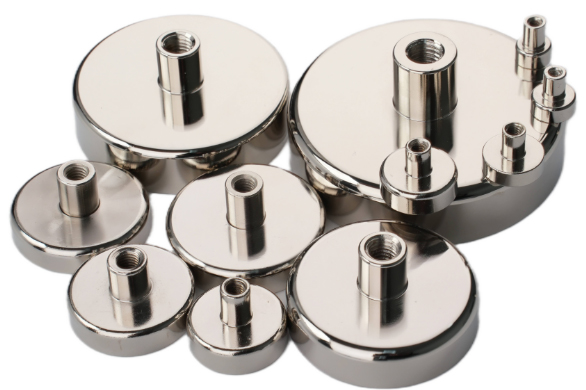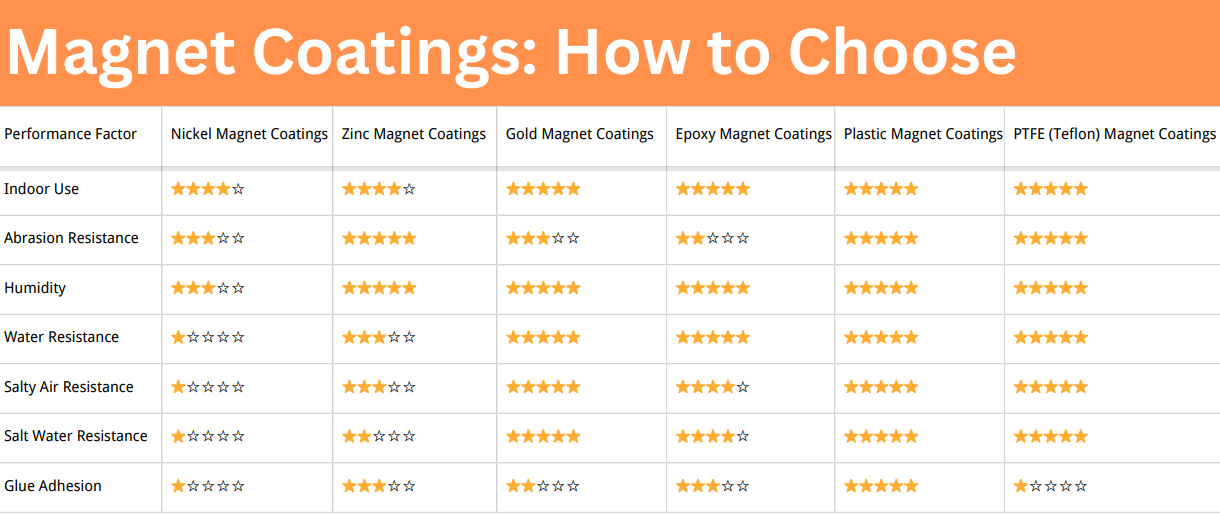How to Select the Shapes of Neodymium Magnets?
A magnet is an object that exerts either an attractive force or a repulsive force on another object. Good examples of materials with strong magnetic properties are iron, mineral lodestone and certain types of steel. One popular type of magnets is the rare-earth magnet. Commonly called a neodymium magnet, rare earth is known to be five to seven times stronger than ferrite magnets. It demonstrates very high levels of energy and strength when it comes in contact with other electromagnetic fields. Because of its resilience and efficiency, rare earth magnetism is applied in fields such as medicine, engineering, and electronics. When extra strength in a compact size is needed, scientists apply these magnets.

Materials Used for Manufacturing
The reason why neodymium magnets offer superior strength and performance to ferrite magnets is the materials used to make them. Purchasable in gold-plated or nickel types, rare-earth magnetic products can attract their ferrite counterparts at incredibly high thrusts. They are made of the following elements. Iron - Iron is largely available, has strong magnetic properties, and is not poisonous. Boron - There are different types of boron elements, explaining why some of them are toxic. To be precise, boron hydrogen compounds that are more foreign than borates and elemental boron are poisonous. Protective gloves should be worn when handling these elements. Neodymium - This is a rare earth element that is abundantly found in the Far East. It is heavily used in manufacturing rare-earth magnets. Neodymium should be handled cautiously as it is relatively toxic. Cobalt – This is a metallic element that has a grayish color. It is very solid and cannot wear away easily even at extreme temperatures. Cobalt resists corrosion as well. Cobalt dust and fumes are poisonous thus exposure should not exceed a time-weighted average of forty hours a week. Samarium – A silvery-white metal of the lanthanide group of the periodic table, with an atomic number 62, samarium (Sm) is relatively stable in dry air and at room temperature. When heated it oxidizes in air. Its toxic state is unclear, but it could cause eye and skin irritation.
Shapes of Neodymium Magnets
• Discs - These are accurate round disc magnets. They can be stuck into drilled holes. • Rings - These neo-ring magnets are applied in magnetic tasks that need a central hole. They are round with a hole in the center. • Blocks - They are for applications that require straight-edged bars. • Balls/spheres - These magnetic bearings have many uses. Their manufacturing procedure includes shaping, solidifying, polishing, magnetizing, and plating. • Rods - Also applied into drilled holes, these magnetic items are cylindrical.
Occupational Care
As described above, some of the metals for making rare earth magnets have toxic ratings. Therefore, customers should handle these magnets with care. If they are allowed to collide quickly, they could easily break instantly releasing particles in the air. Gloves and eye protectors are also recommended. Those who have children should keep them away from rare earth materials.















